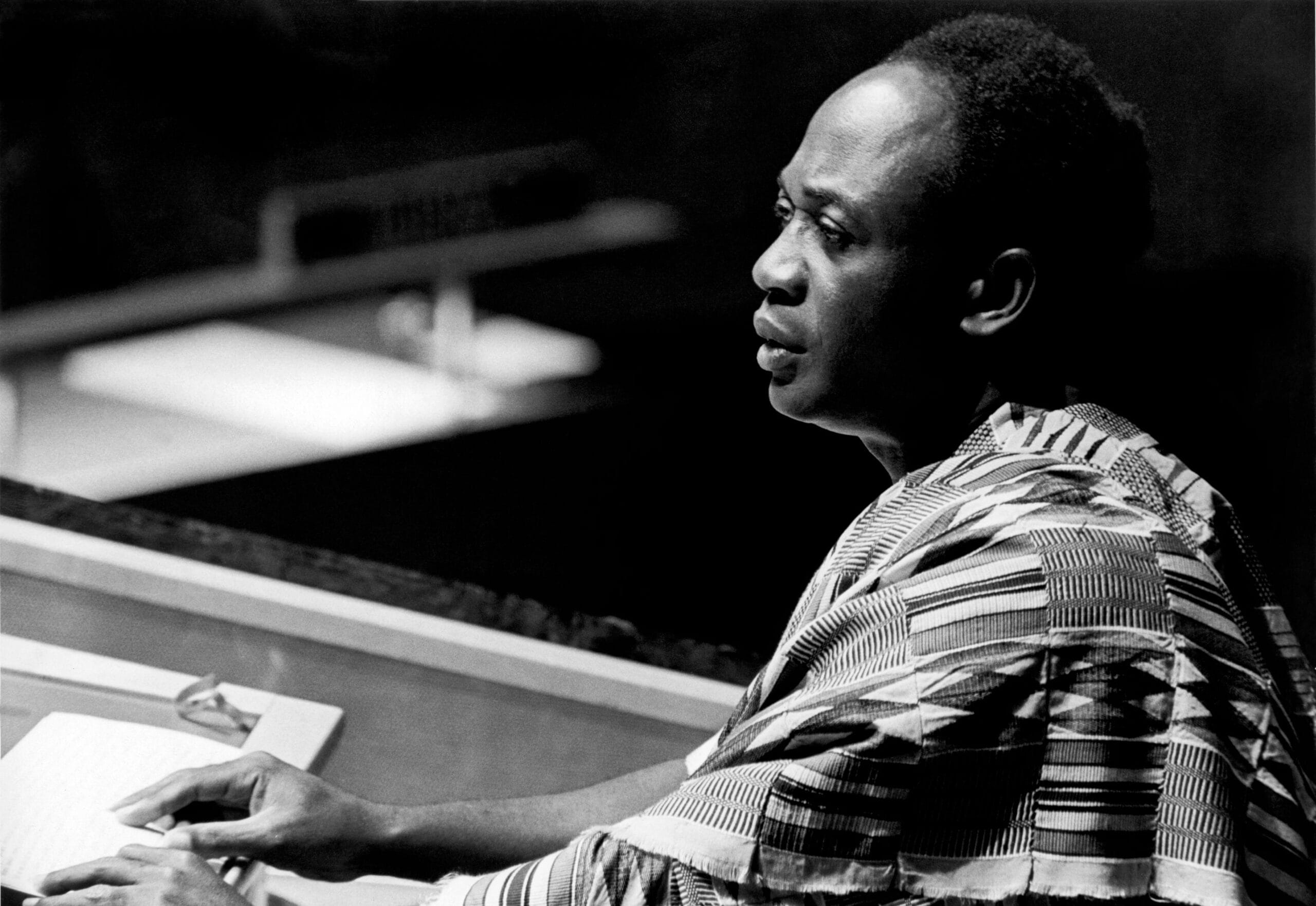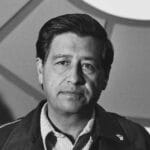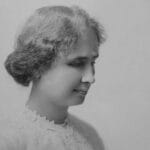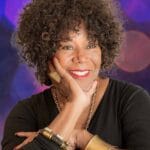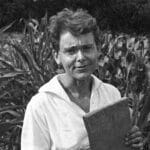While history remembers Thurgood Marshall as a legal titan and the first African American Supreme Court Justice, the woman who stood beside him, Vivian Burey Marshall, often remains in the shadows. This article delves into Vivian’s remarkable life and enduring legacy, illuminating her vital role in the Civil Rights Movement and her profound impact on the fight for equality.
A Force in Her Own Right: More Than Just a Wife
Born in Philadelphia in 1911, Vivian Burey was raised with a deep appreciation for the power of education. Her path led her to the University of Pennsylvania, where she crossed paths with a charismatic law student named Thurgood Marshall. Their connection was undeniable, and in 1929, they embarked on a marriage that defied the deeply ingrained societal norms against interracial couples. This act alone speaks volumes about Vivian’s courage and determination to challenge the status quo.
But Vivian was far from a passive observer in the fight for civil rights. She was an active and dedicated member of both the NAACP and its Legal Defense Fund, working tirelessly alongside figures like Edward W. Jacko and Jawn A. Sandifer. Her contributions were invaluable, her insights shaping legal strategies, and her dedication fueling the movement’s momentum.
Shaping Legal History: The Silent Architect of Justice
Consider the landmark Brown v. Board of Education case, a case synonymous with the dismantling of school segregation in America. Behind the scenes, Vivian’s influence was instrumental. While her husband took center stage, she played a critical role, tirelessly working in the background to help dismantle the very foundations of segregation.
Tragically, Vivian’s life was cut short by lung cancer in 1955 at the young age of 44. In a testament to her unwavering commitment to her husband’s work, she concealed her illness from Thurgood, unwilling to distract him from the crucial legal battles he was leading at the time. Her untimely death sent shockwaves through the civil rights community, who mourned the loss of a powerful voice and dedicated advocate.
A Legacy Forged in Education: The Vivian Burey Marshall Academy
Today, the Vivian Burey Marshall Academy, established in 2016, stands as a powerful testament to her enduring belief in the transformative power of education. This institution empowers students to challenge the status quo, raise their voices against injustice, and carry the torch for a more equitable world.
Vivian Burey Marshall’s story serves as a poignant reminder that behind every great figure often stand unsung heroes—individuals whose contributions are equally significant, whose spirits equally resolute. Though she may not have sought the limelight, her impact on the Civil Rights Movement was undeniable. Her life stands as a beacon, reminding us that even in the face of adversity, even in the shadows, the dedication of one person can indeed change the world.
Analyzing Vivian “Buster” Burey Marshall’s Life & Death
Here’s a breakdown of key information about Vivian “Buster” Burey Marshall and her life with Thurgood Marshall, designed to help you craft a compelling SEO article:
(Please provide the collection of titles you mentioned so I can give you three strong, SEO-focused title options tailored to competitor trends.)
Powerful Key Lines:
- Vivian “Buster” Burey Marshall, a pillar of strength and support for Thurgood Marshall, tragically died of lung cancer at 44, just as her husband’s landmark Brown v. Board of Education case reached its pinnacle. (This highlights the tragic timing and her role in his success)
- Despite facing a devastating diagnosis during one of the most pivotal moments in American legal history, Vivian chose to shield her husband from the gravity of her illness, putting his monumental work first. (This emphasizes her strength and selflessness)
- While history remembers Thurgood Marshall’s legal triumphs, Vivian “Buster” Burey Marshall’s vital role as his confidante and partner through those tumultuous years deserves to be celebrated. (This focuses on her under-recognized contributions)
- Vivian Burey Marshall’s legacy lives on not only through her husband’s accomplishments but also through the Vivian Burey Marshall Academy, a program established in her honor to empower future generations. (This ties her legacy to a tangible impact today)
Structured Information & Important Details:
I. Vivian “Buster” Burey Marshall: A Life of Strength & Sacrifice
- Early Life: Born February 11, 1911, in Philadelphia, Pennsylvania. Raised in a middle-class Black family that instilled a strong belief in education.
- Meeting Thurgood Marshall: Their paths crossed at the University of Pennsylvania, where their shared commitment to social justice solidified their bond.
- Marriage and Defiance: Married in 1929, challenging racial barriers and societal norms with their interracial union.
- Civil Rights Activism: An active and dedicated participant in the Civil Rights movement, working alongside her husband and other prominent figures within the NAACP and its Legal Defense Fund.
- Supportive Partner: A constant source of strength and support for Thurgood throughout his demanding legal career, particularly during his time as lead counsel for the NAACP Legal Defense Fund.
- Ultimate Sacrifice: Diagnosed with lung cancer in 1954, the same year as the Brown v. Board of Education case. Chose to delay telling Thurgood about her illness, prioritizing his work over her well-being and demonstrating her unwavering commitment to the fight for equality.
II. A Legacy Beyond the Courtroom
- Death: Passed away on February 11, 1955, at the young age of 44, just as her husband’s landmark case was reaching its climax.
- Enduring Impact: Thurgood Marshall went on to become the first African American Supreme Court Justice. He frequently credited Vivian’s unwavering support and keen intellect as crucial to his success, acknowledging her immense behind-the-scenes contributions.
- Lasting Tribute: The Vivian Burey Marshall Academy, founded in 2016 as part of the Thurgood Marshall College Fund, honors her memory and embodies her belief in education by providing opportunities for future generations to become agents of change.
III. Gaps and Untapped Potential:
- Vivian’s Voice: Researching primary sources such as letters, diaries, or interviews could uncover her personal perspective on the Civil Rights movement, her husband’s work, and the challenges they faced as an interracial couple during that era.
- Impact of Her Loss: Exploring how Vivian’s death affected Thurgood Marshall personally and professionally could offer further insights into their relationship and her enduring influence. Did this loss influence his later work on the Supreme Court, or his approach to cases involving family or education?
- Women in the Movement: Positioning Vivian’s story within the larger context of women who played vital but often overlooked roles in the Civil Rights Movement would highlight the collective efforts and sacrifices made by women who fought tirelessly for equality.
Unique Insights & Untapped Potential:
By delving into these areas, you can offer readers a fresh and nuanced understanding of Vivian “Buster” Burey Marshall’s life and legacy. Her story is not just a footnote in Thurgood Marshall’s biography; it’s a testament to the strength, sacrifice, and often unsung contributions of women during the Civil Rights era.
Unveiling the Influences: Thurgood Marshall’s Path to Law
(To make this section even stronger, please share any specific requirements related to keywords or search intent for “Who first introduced Marshall to the law?” Knowing your SEO goals will allow me to tailor this section more effectively.)
Here’s your comprehensive analysis for crafting a superior SEO article, going beyond competitor content:
Recommended Titles:
(Provide a list of competitor titles so I can analyze trends and suggest three options optimized for search.)
Powerful Key Lines:
- While no single person “introduced” Thurgood Marshall to law in a literal sense, his journey was profoundly shaped by early experiences with racial injustice and the legal system’s limitations. (This statement acknowledges the query’s limitations while setting a broader context).
- Vivian “Buster” Burey, Marshall’s first wife, played a crucial, though often overlooked, role in his life and career, offering unwavering support and intellectual partnership during his formative years as a lawyer. (This highlights Vivian’s significance, often missing in standard narratives, and emphasizes her influence).
- Marshall’s time at Lincoln University, a historically black institution, exposed him to a vibrant intellectual community and mentors who nurtured his passion for social justice through legal means. (This emphasizes the importance of Marshall’s education and the impact of historically black institutions).
- The NAACP and its Legal Defense Fund, under Charles Hamilton Houston’s leadership, provided Marshall with the platform and resources to challenge segregation systematically, shaping his legal strategy and approach. (This highlights the organizational support and mentorship that proved crucial in Marshall’s career).
Structured Context & Important Details:
I. Early Life and Influences:
- Born in 1908 Baltimore: Highlight the pervasive segregation and Jim Crow laws that directly impacted his upbringing and likely fueled his desire to challenge injustice.
- Father’s Storytelling: Though not a lawyer himself, Marshall’s father instilled in him a deep respect for the law through detailed retellings of court cases and legal arguments, potentially sparking an early interest.
- Baltimore’s “The Don’t Buy Where You Can’t Work” Campaign: Detail Marshall’s exposure to this movement during high school, illustrating early community-based activism against discrimination and his developing awareness of social change strategies.
II. Lincoln University: A Crucible for Social Justice:
- 1925-1930: Attends Lincoln University, a historically black institution known for its commitment to social justice and rigorous academic environment.
- Exposure to Influential Thinkers: Mention prominent faculty like sociologist Horace Mann Bond and their impact on Marshall’s developing worldview and understanding of systemic inequality.
- Debate Team Success: Highlight Marshall’s participation in the renowned debate team, honing his oratory skills, critical thinking, and legal reasoning under the guidance of Theron B. Howard, further solidifying his path toward law.
III. Meeting Vivian Burey and the Move Towards Law:
- 1929: Marriage to Vivian “Buster” Burey. Emphasize her unwavering belief in his abilities and her role as a stabilizing force throughout his demanding career, providing both emotional and practical support.
- Financial and Emotional Support: Detail Vivian’s work as a secretary to support them while Marshall attended Howard University Law School (1930-1933), demonstrating her crucial role in enabling his legal education and highlighting their partnership in pursuit of social justice.
IV. Howard University Law School and Charles Hamilton Houston:
- Charles Hamilton Houston: Introduce Houston, the esteemed Dean of Howard Law and architect of the NAACP’s legal strategy against segregation, as a pivotal mentor who recognized and nurtured Marshall’s talent.
- “The Incubator of Social Engineering”: Explain Houston’s vision for Howard Law, training a generation of black lawyers to dismantle Jim Crow, and highlight the impact of this approach on Marshall’s development as a lawyer committed to social change.
- Marshall’s Academic Excellence: Note his graduation first in his class in 1933, demonstrating his dedication, work ethic, and early promise in the legal field.
V. NAACP Legal Defense Fund & Early Career:
- 1936: Joins the NAACP Legal Defense Fund, working closely with Houston and immersing himself in the organization’s litigation strategy, further refining his skills and approach to challenging segregation.
- Mentorship and Collaboration: Showcase the collaborative environment of the NAACP LDF, with seasoned lawyers guiding Marshall and shaping his approach to legal challenges, emphasizing the importance of mentorship and collective action.
- Early Victories: Mention cases like Murray v. Pearson (1936), successfully challenging segregation at the University of Maryland Law School, as formative experiences that demonstrated the power of law to dismantle discriminatory practices.
Unique Insights and Untapped Potential:
- Explore the psychological impact of segregation on young Marshall: Delve into how witnessing and experiencing discrimination firsthand fueled his desire for legal change, shaping his understanding of the human cost of prejudice.
- Analyze Vivian Burey’s contributions beyond biographical details: Research her potential involvement in NAACP activities or her influence on Marshall’s approach to cases involving family and education, shedding light on her role as a partner in the fight for social justice.
- Examine the intellectual currents and legal theories debated at Howard Law during Marshall’s time: Understanding the academic environment that fostered his legal thinking would provide valuable context for his later work and legal approaches.
- Connect Marshall’s early work with his later Supreme Court jurisprudence: Tracing the evolution of his legal philosophy and identifying threads connecting his early experiences to his landmark decisions would offer deeper insights into his legacy as a jurist.
By incorporating these elements, and once you provide the specific SEO requirements, I can help you craft a nuanced, insightful, and SEO-optimized article that surpasses your competitors. This piece will offer a fresh perspective on Thurgood Marshall’s path to law, providing readers with a deeper understanding of the multifaceted influences that shaped this iconic figure and highlighting the crucial role of collaboration, mentorship, and social justice movements in his journey.
